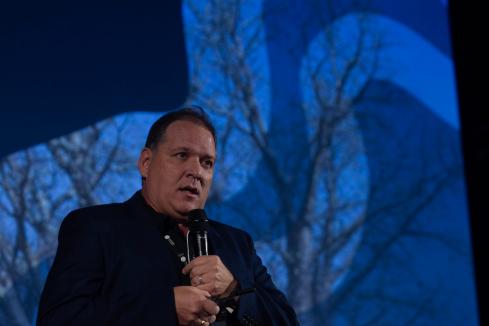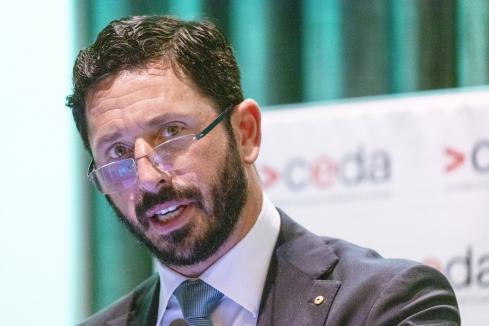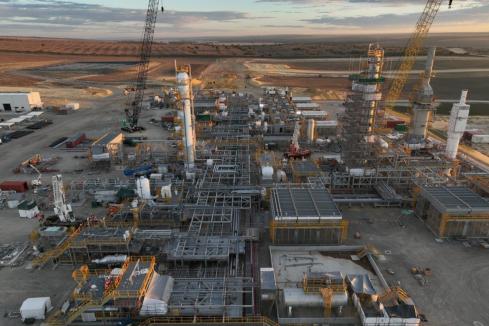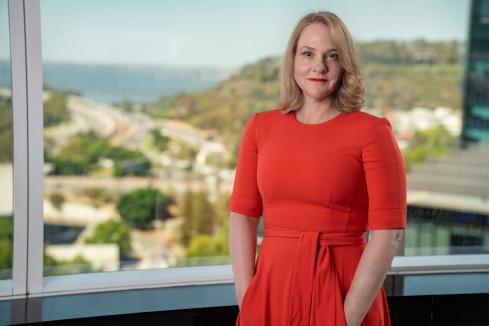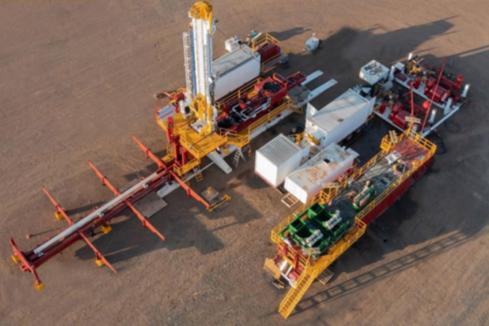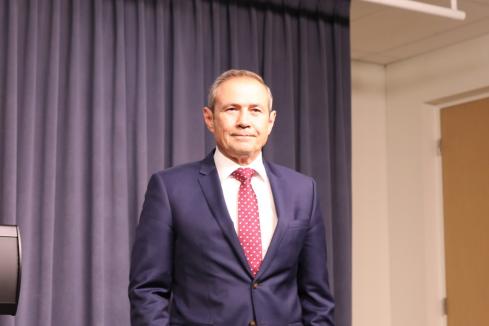ASX-listed producer Buru Energy has chalked up a quarter to remember, tabling its highest revenues in recent memory after banking $5.7 million from its onshore operations in WA’s Canning and Carnarvon basins. The company’s strong cash and debt-free financial position was bolstered through the sale of about 76,000 barrels of oil and fits within its strategy of optimising fluid production whilst unlocking its gas resources.

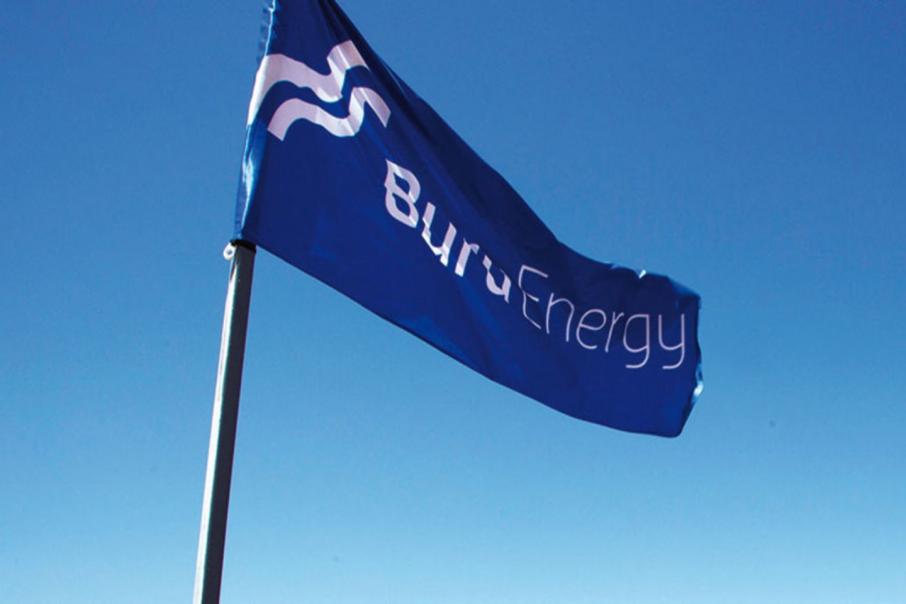
ASX-listed producer Buru Energy has chalked up a quarter to remember, tabling its highest revenues in recent memory after banking $5.7 million from its onshore operations in WA’s Canning and Carnarvon basins. The company’s strong cash and debt-free financial position was bolstered through the sale of about 76,000 barrels of oil and fits within its strategy of optimising fluid production whilst unlocking its gas resources.
Buru’s previous revenue high of $5.6 million was achieved back in 2019.
Notably, the company achieved the milestone under a challenging market in which the price of crude oil slipped from July highs of about $US100 per barrel to roughly $US70 at the end of September.
The company also ushered in a new Chief Executive Office over the period with Thomas Nador taking over leadership duties from Eric Streitberg.
Nador was initially announced as Buru’s new CEO in May, however only picked up leadership duties in August.
He previously served as Beach Energy’s Group Executive and oversaw the development of the company’s oil and gas reserves.
Nador says central to the developer’s success was its profitable oil production in the Canning Basin’s Ungani oilfield, in addition to its nearby gas commercialisation work with its Rafael 1 discovery well.
Buru is currently churning out about 650 barrels of oil per day in the Canning Basin and exporting the material to South East Asia via the Wyndham port about three times per year.
The company’s quarterly production highs are underscored by a July delivery of 76,000 barrels of crude from the Ungani oilfield within WA’s Canning Basin. The shipment took the company’s oil to a refinery in South-East Asia after being purchased by BP Singapore.
The July shipment raked in $5.7milliion, about $1 million more than the company’s previous high in February this year.
Perth-based Buru shares equal ownership of Ungani with JV partner Roc Oil and also serves as the project’s operator. The tie-up means each party claims about 38,000 barrels of oil and subsequently took home about $2.85 million.
The company says the JV is currently evaluating a potential increase in production at Ungani by sinking a suite of new wells.
Other highlights from Ungani for the quarter include a gross oil production total of about 48,000 barrels of oil.
Headline exploration includes ongoing work on the Rafael 1 gas and condensate discovery well about 150km east of Broome and around 50km east of the Ungani oil field.
In April Buru’s management declared an independent review of its Ungani Dolomite reservoir in the Rafael 1 well indicated it contained a gross 3C contingent resource of about 1 trillion cubic feet of recoverable gas and 20.5 million barrels of condensate – a low density liquid hydrocarbon that is typically found with natural gas.
Resources classified as “3C” are considered sub-commercial and require additional work to jump up to the more commercial reserve category, generally defined as either 1P,2P or 3P.
Buru currently holds a 50 per cent share and serves as the operator of Rafael 1 with Origin Energy however the split is on course for re-alignment.
Over the quarter, Origin announced its intention to quit upstream exploration amid plans to re-position itself as a critical player in the clean energy space.
CEO Thomas Nador noted Origin’s assistance in developing Rafael had delivered a potentially game-changing gas and condensate discovery for Buru.
With Buru picking up Rafael’s operational duties, the company will now assist Origin in a timely exit to support its gas production initiatives. According to the company, field operations at Rafael are set to kick-off next year.
Buru also progressed across its non-core assets over the quarter, with work advancing at its energy expansion and transition projects.
The company’s “Battmin” subsidiary with mineral explorer Sipa Resources completed a trio of holes at the Barbwire zinc-lead project in the Canning Basin, hitting sulphides in each bore.
A smorgasbord of high-grade mineralisation headlined Battmin’s work with pXRF readings running grades as high as 19.8 per cent zinc-lead.
Formal assay results are due in the next quarter and could bolster the company’s new energy ambitions given zinc is predominantly used in wind energy and is very much part of the clean energy revolution.
Buru was also active with its wholly owned hydrogen subsidiary 2H Resources over the quarter.
The company is currently laying the groundwork for the discovery of naturally occurring hydrogen in South Australia and used the period to progress preparations for boots-on-the-ground exploration.
Buru listed on the ASX about 14 years ago and has navigated a raft of commercial challenges, including the 2009 financial crisis, an oil glut in 2014 and the Covid-19 pandemic in 2020 – events which sent the price of oil tumbling.
However, with its highest revenues in recent memory, strong oil production in the Canning Basin and a fleet of low-carbon energy assets on the horizon, the company could be on course for a news-filled 2023.
Is your ASX-listed company doing something interesting? Contact: matt.birney@businessnews.com.au







